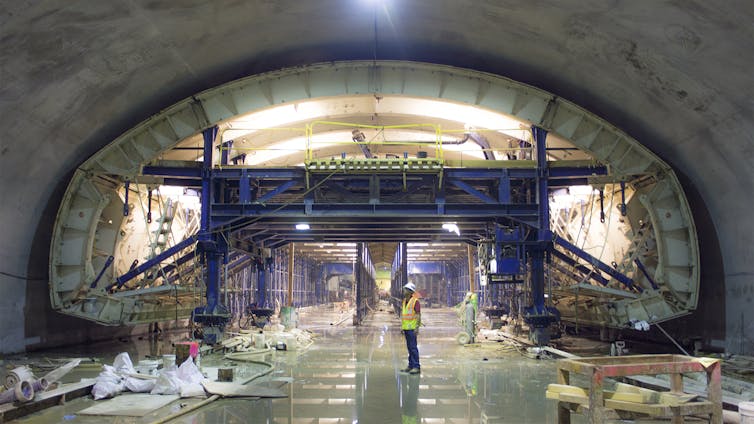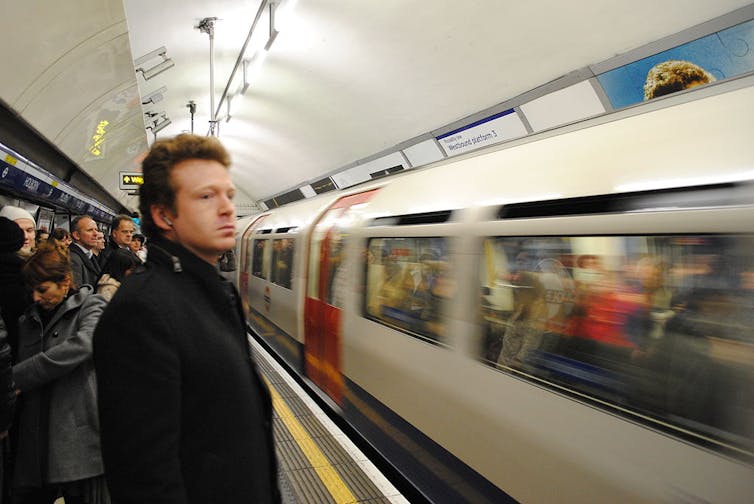
Four more significant Indian cities will quickly have their own city lines, the nation's federal government has actually revealed. On the other side of the Himalayas, Shanghai is constructing its 15 th train line, set to open in 2020, including 38.5 km and 32 stations to the world's biggest train network. And New Yorkers can lastly enjoy their Second Avenue Subway line after waiting on practically 100 years for it to get here.
In Europe alone, commuters in more than 60 cities utilize rail trains. Globally, more than 120 million individuals commute by them every day. We count around 4.8 million riders each day in London, 5.3 million in Paris, 6.8 million in Tokyo, 9.7 million in Moscow and 10 million in Beijing.
Subways are essential for travelling in congested cities, something that will end up being a growing number of crucial with time-- according to a United Nations 2014 report, half of the world's population is now metropolitan They can likewise play a part in minimizing outside air contamination in big cities by assisting to decrease motor-vehicle usage.
Large quantities of breathable particles (particle matter, or PM) and nitrogen dioxide (NO 2), produced in part by commercial emissions and roadway traffic, are accountable for reducing the life expectancies of city occupants. Mass transit systems such as trains have actually hence appeared like an option to decrease air contamination in the city environment.
But what is the air like that we breathe underground, on the rail platforms and inside trains?
Mixed air quality
Over the last years, a number of pioneering research studies have actually kept an eye on train air quality throughout a variety of cities in Europe, Asia and the Americas. The database is insufficient, however is growing and is currently important.

For example, comparing air quality on train, bus, cable car and strolling journeys from the very same origin to the exact same location in Barcelona, exposed that train air had greater levels of air contamination than in cable cars or strolling in the street, however somewhat lower than those in buses. Comparable lower worths for train environments compared to other public transportation modes have actually been shown by research studies in Hong Kong, Mexico City, Istanbul and Santiago de Chile
Of wheels and brakes
Such distinctions have actually been credited to various wheel products and braking systems, along with to variations in ventilation and a/c systems, however might likewise connect to distinctions in measurement project procedures and option of tasting websites.

Key elements affecting train air contamination will consist of station depth, date of building and construction, kind of ventilation (natural/air conditioning), kinds of brakes (electro-magnetic or standard brake pads) and wheels (rubber or steel) utilized on the trains, train frequency and more just recently the existence or lack of platform screen-door systems.
In specific, much train particle matter is sourced from moving train parts such as wheels and brake pads, along with from the steel rails and power-supply products, making the particles dominantly iron-containing.
To date, there is no clear epidemiological indicator of unusual health impacts on underground employees and commuters. New York train employees have actually been exposed to such air without substantial observed effect on their health, and no increased threat of lung cancer was discovered amongst subway train motorists in the Stockholm train system
But a note of care is struck by the observations of scholars who discovered that staff members dealing with the platforms of Stockholm underground, where PM concentrations were biggest, tended to have greater levels of danger markers for heart disease than ticket sellers and train chauffeurs.
The dominantly ferrous particles are combined with particles from a series of other sources, consisting of rock ballast from the track, biological aerosols (such as germs and infections), and air from the outdoors, and driven through the tunnel system on rough air currents produced by the trains themselves and ventilation systems.
Comparing platforms
The most comprehensive measurement program on train platforms to date has actually been performed in the Barcelona train system, where 30 stations with varying styles were studied under the frame of IMPROVE LIFE job with extra assistance from the AXA Research Fund.
It exposes considerable variations in particle-matter concentrations The stations with simply a single tunnel with one rail track separated from the platform by glass barrier systems revealed typically half the concentration of such particles in contrast with standard stations, which have no barrier in between the platform and tracks. Making use of air-conditioning has actually been revealed to produce lower particle-matter concentrations inside carriages.
In trains where it is possible to open the windows, such as in Athens, concentrations can be revealed normally to increase inside the train when going through tunnels and more particularly when the train goes into the tunnel at high speed

Monitoring stations
Although there are no existing legal controls on air quality in the train environment, research study ought to be moving towards sensible techniques of alleviating particle contamination. Our experience in the Barcelona train system, with its substantial variety of various station styles and running ventilation systems, is that each platform has its own particular climatic micro environment.
To develop services, one will require to take into consideration regional conditions of each station. Just then can scientists examine the impacts of contamination produced from moving train parts.
Such research study is still growing and will increase as train operating business are now more mindful about how cleaner air leads straight to much better health for city commuters.

Created in 2007, the Axa Research Fund supports more than 500 projets around the globe performed by scientists from 51 nations. For more information about the work of Fulvio Amato, check out the devoted website
Read More https://futurenewsforyou.com/news/commuting-by-subway-what-you-need-to-know-about-air-quality/?feed_id=188&_unique_id=63b2e349475d9
Niciun comentariu:
Trimiteți un comentariu